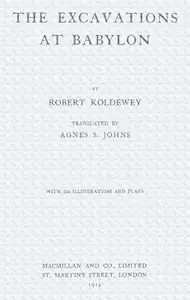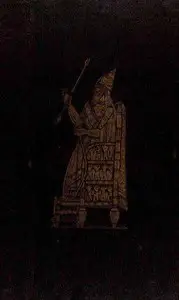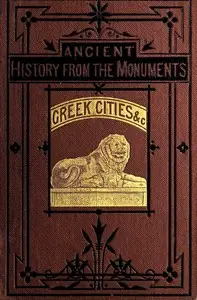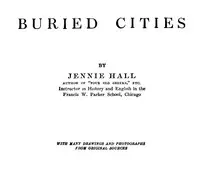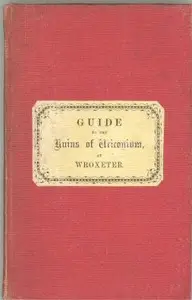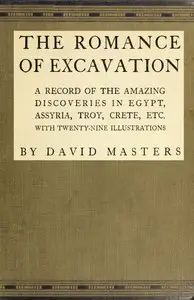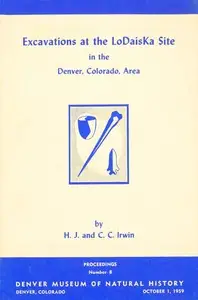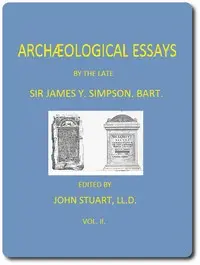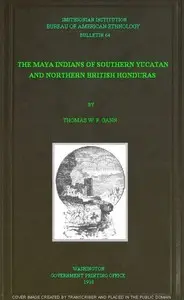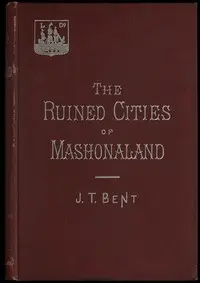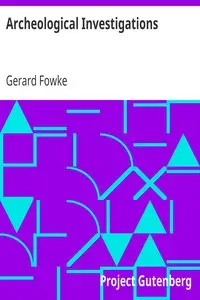"Troy and Its Remains" by Heinrich Schliemann is a record of the author's ambitious hunt for the city of Troy in the late 1800s. It recounts the unearthing of what are believed to be Troy's remains at Hissarlik, along with numerous objects found in the dig, and links them to the historic claims told in the Trojan War accounts. The editor's preface starts the story by underscoring the importance of the finds, which offer insight into the inhabitants' way of life and place Schliemann's work in line with Homer's epic poem. Facing countless issues during his excavation, the groundwork is laid for a fascinating examination of ancient artifacts and their relationship to the epic stories of Homer.
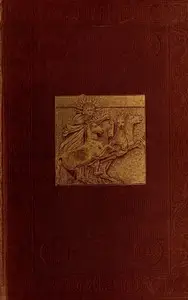
Troy and Its Remains A Narrative of Researches and Discoveries Made on the Site of Ilium and in the Trojan Plain
By Heinrich Schliemann
A 19th-century archaeologist searches for a legendary city, unearthing ancient ruins and objects that bridge myth and reality.
Summary
About the AuthorJohann Ludwig Heinrich Julius Schliemann was a German businessman and an influential amateur archaeologist. He was an advocate of the historicity of places mentioned in the works of Homer and an archaeological excavator of Hisarlik, now presumed to be the site of Troy, along with the Mycenaean sites Mycenae and Tiryns. His work lent weight to the idea that Homer's Iliad reflects historical events. Schliemann's excavation of nine layers of archaeological remains has been criticized as destructive of significant historical artifacts, including the layer that is believed to be the Homeric Troy.
Johann Ludwig Heinrich Julius Schliemann was a German businessman and an influential amateur archaeologist. He was an advocate of the historicity of places mentioned in the works of Homer and an archaeological excavator of Hisarlik, now presumed to be the site of Troy, along with the Mycenaean sites Mycenae and Tiryns. His work lent weight to the idea that Homer's Iliad reflects historical events. Schliemann's excavation of nine layers of archaeological remains has been criticized as destructive of significant historical artifacts, including the layer that is believed to be the Homeric Troy.

